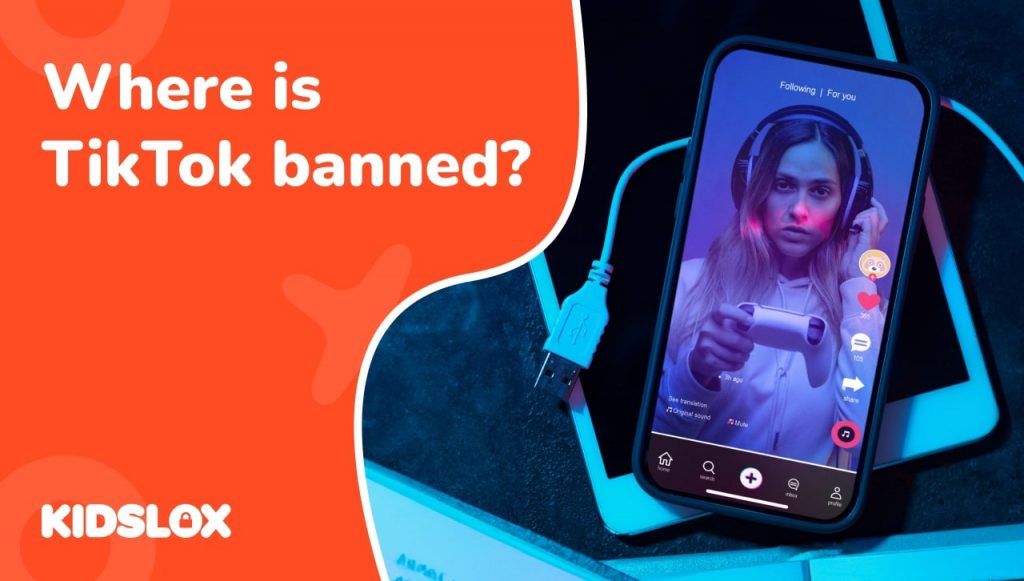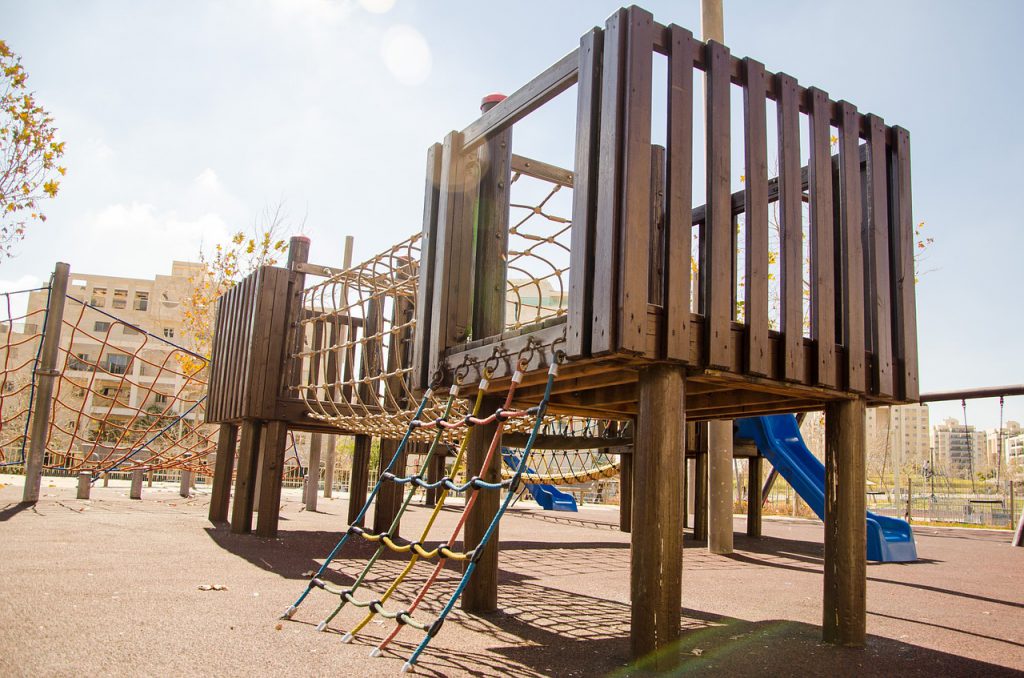It’s one of the world’s most popular social media apps, so who has banned it (and why?)
In the ever-evolving landscape of social media, TikTok has emerged as one of the most popular of all the platforms, particularly with teens and young people. Its rapid rise, however, has not come without concerns and controversies, especially from parents mindful of their children’s online safety.
Recently, the buzz around TikTok has shifted from its viral content to debates over its legality, with various countries imposing bans. The latest such ban generating headlines around the globe is TikTok’s shut down in Nepal. According to the country’s minister of communications, the ban has gone ahead due to TikTok’s consistent sharing of content that “disturbs social harmony and disrupts family structures and social relations”.
This Guide To aims to demystify the situation, offering parents insights into TikTok’s current ban status worldwide, the reasons behind these decisions, and what it means for their children’s online presence. Whether TikTok is a daily feature in your household or a platform you’re wary of, understanding its global standing is crucial for informed digital parenting.
What is it that makes TikTok so popular, and why are governments concerned about it?
At its core, TikTok is an app that thrives on creativity and connectivity (as well as a very sticky algorithm!). Its appeal lies in its unique blend of short-form video content, where users can express themselves through music, dance, comedy, and a variety of other genres. This format particularly resonates with younger audiences who value quick, engaging, and easily digestible content.
However, this popularity among children and teenagers raises significant concerns for parents. The primary worry is exposure to inappropriate content, given the vast and largely unregulated nature of the platform. TikTok’s algorithm-driven content can sometimes lead to a feed full of videos that are not age-appropriate. Moreover, issues like online bullying, data privacy, and potential contact with strangers add to the apprehension.
For parents, the challenge is to balance their children’s desire for digital expression and social interaction with the need for safety and appropriate content. Understanding TikTok’s mechanics, its appeal, and its potential risks is the first step in achieving this balance.
The debate over TikTok transcends mere social media trends, touching on broader issues of digital safety, privacy, and international relations. Globally, governments have scrutinized TikTok, leading to outright bans in some cases. The rationale for these bans varies, often encompassing concerns about data privacy, national security, and the platform’s potential for spreading misinformation.
One of the first notable bans occurred in India in 2020. The Indian government cited national security concerns due to TikTok’s Chinese origins, amidst escalating geopolitical tensions. This move set a precedent, prompting other countries to reevaluate their stance on the app.
In the United States, discussions about a TikTok ban have been ongoing. Concerns here primarily focus on data privacy and the potential misuse of user information, especially considering the app’s popularity among minors. Despite various legislative efforts and executive orders aimed at restricting or banning the app, as of now, TikTok remains accessible in the USA, albeit under close scrutiny. It is banned in the U.S. and Canada on federal and government devices.
China, where TikTok originated as ‘Douyin’, has its version of the app with stringent content regulations aligning with local laws and cultural norms. Interestingly, while TikTok operates globally, its presence in China is through its counterpart, Douyin, reflecting the different content and operational standards within the country.
Other countries, including Pakistan and Bangladesh, have also flirted with TikTok bans, primarily citing moral and cultural reasons. These bans, however, have often been temporary, lifted after agreements on content regulation were reached with the app’s developers.
This global patchwork of responses to TikTok highlights a complex web of issues that parents should be aware of. The reasons for bans differ from country to country, but the underlying themes of digital safety and national security are constant. For parents, this international perspective is vital to understand the broader context in which their children are engaging with the app.
What’s the latest news on the TikTok Ban in the USA?
The United States has been a key battleground in the debate over TikTok’s operations. Concerns in the U.S. primarily revolve around national security and data privacy, given TikTok’s Chinese ownership. The fear is that user data could potentially be accessed by the Chinese government, posing a threat to American users, especially minors.
In August 2020, an executive order was issued with the intention of banning TikTok unless it was sold to a U.S.-based company. This led to a flurry of discussions and potential deals, but as of now, no sale has occurred, and TikTok continues to operate in the U.S.
The situation remains dynamic, with the “TikTok Ban Update” being a subject of ongoing legislative and judicial debates. Various bills and proposals have been put forward, aiming to either ban the app outright or impose stringent data privacy regulations. However, none have passed into law as yet, leaving TikTok accessible to U.S. users.
Most recently, On March 1, a House committee backed a huge step towards banning the app, voting to advance legislation that would give powers to the President to ban TikTok from all devices across the country. In follow up to this, TikTok’s chief executive, Shou Chew, gave five gruelling hours of testimony to the House about TikTok’s links to China.
This ongoing uncertainty poses a challenge for parents. On one hand, there is no immediate legal barrier preventing children from using TikTok in the U.S. On the other, the unresolved concerns about data privacy and potential foreign influence continue to loom. For parents, staying updated with the latest developments is crucial, as any significant legal change could directly impact their children’s use of the app.
Are all countries concerned about TikTok bans?
Despite bans in certain countries, TikTok remains widely accessible and popular around the globe. In many regions, the app continues to thrive.
In the United States, despite ongoing discussions and legal challenges, TikTok is still operational, with a massive user base among young Americans. Similarly, in European countries like the United Kingdom, France, and Germany, TikTok has not faced an outright ban but is subject to discussions about tighter regulations to protect user data and privacy.
Latin American countries, including Brazil and Mexico, also continue to provide a robust market for TikTok, with no current bans in place. The story is similar in many Asian countries outside of India, like Japan and South Korea, where TikTok enjoys popularity without significant legal restrictions.
For parents, this global diversity in TikTok’s accessibility means that the app’s presence in their children’s lives depends largely on regional legal and regulatory frameworks. Staying informed about the status of TikTok in their respective countries and any potential changes becomes essential for guiding their children’s safe usage of the app.
The varied global stance on TikTok, ranging from outright bans to unrestricted access, has significant implications for parents trying to navigate their children’s online safety. Which approach is the right one? In countries where TikTok is banned, parents face the challenge of addressing their children’s disappointment and guiding them towards alternative platforms or activities. These bans can also lead to the rise of similar apps, which may not have the same level of scrutiny or safety features as TikTok, posing new challenges for digital parenting.
In regions where TikTok is operational, the onus falls on parents to ensure their children’s safety on the platform. This involves actively engaging with the app’s privacy settings, monitoring content, and having open discussions with children about the responsible use of social media. Parents need to be especially vigilant about the content their children are exposed to and the information they share on the platform.
Regardless of TikTok’s legal status, the key for parents is to stay informed and proactive. Understanding the reasons behind the bans can help parents contextualize the concerns around TikTok and shape their approach to managing their children’s digital presence, whether on TikTok or similar platforms.
Strategies for Parents to Protect Kids Online
In an era where digital platforms like TikTok play a significant role in children’s lives, it’s crucial for parents to adopt effective strategies to safeguard their online experience. Here are some actionable tips you can put into practice today.
- Open Communication: Start by having a casual chat with your kids about what they’re doing online. It’s not just about saying “don’t do this or that” but more about understanding what excites them on platforms like TikTok. Explain why sharing personal info isn’t safe and help them discern what’s appropriate to share and what’s not.
- Educate About Online Etiquette: Think of the internet as if it were a big city. You want your kids to be the kind citizens who spread positivity. Teach them how their words and actions online can impact others. Explain how their digital footprint can last a lifetime and be seen by everyone. It’s all about treating others as they’d like to be treated.
- Use Parental Control Tools: Parental controls are an added layer of security in your TikTok and other apps have these built-in features that let you keep an eye on what your kids are up to. It’s not about spying; it’s about ensuring they’re playing in the safe online. Kidslox can help you to manage the technical side of parenting in the digital world.
- Set Boundaries: Set some ground rules regarding time limits online, what apps you agree on and who they can socialise with digitally. Make sure they’re spending enough time in the real world too – maybe playing a sport, reading, or just hanging out with family.
- Stay Informed: The digital world is always evolving, making it important to keep up with the latest apps, trends, and safety features. This isn’t just about keeping tabs on your kids; it’s about understanding the universe they’re exploring. The more you know, the better you can guide them.
- Lead by Example: If you’re glued to your screen 24/7 or sharing your life online, your kids might follow suit. Show them how to use social media wisely and responsibly. Your digital habits set the stage for theirs, so make responsible tech use something the whole family takes part in.
By combining these strategies with a keen awareness of the evolving digital landscape, parents can create a safer online environment for their children, whether TikTok is part of their digital world or not.





